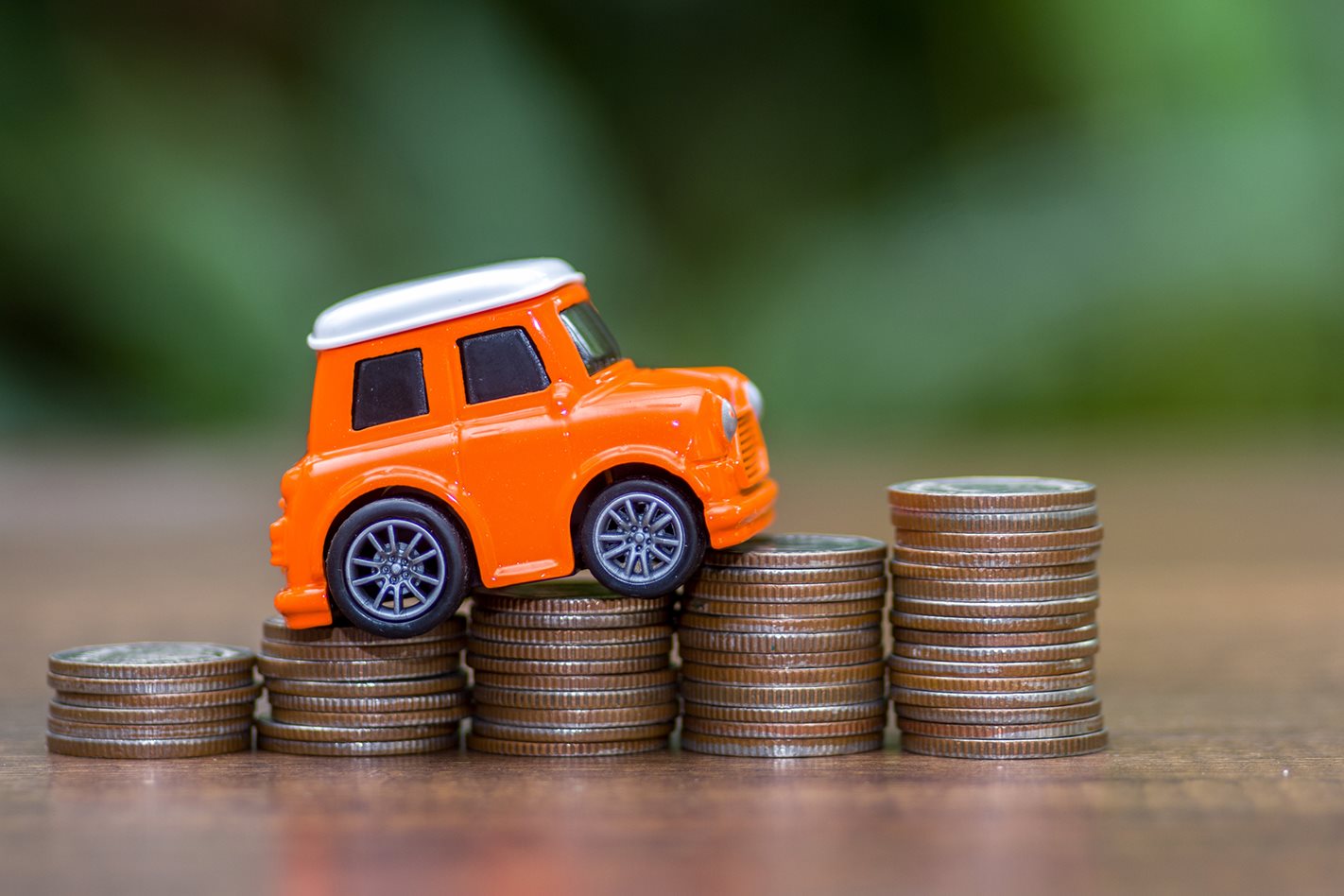
Not so long ago, just six years in fact, we ran a story about what a wonderful time it was to be a car fan, or a collector, or even just someone mildly interested in owning one.
Cars in Australia were, relatively speaking, cheap – indeed, measured against inflation they were a bargain – and you could have whatever you wanted, within reason, and your budget.
Today, of course, things have changed. Prices haven’t risen so much as soared, while availability is laughable – we now take for granted that we might have to wait 12 months for the vehicle we want – and this has caused used-car prices to hit previously unimaginable levels.
The main reason for these imposing problems is quite small: a global shortage of semiconductors, the tiny but rather crucial chips cars need for critical functions such as safety features, power management and displays.
The global COVID-19 pandemic has done nothing to help the high demand and low supply of semiconductors – and cars in general – resulting in a litany of supply chain issues where bottlenecks are the norm, and any new cars that eventually do arrive are typically far pricier than they’ve ever been.
Back in 2016, we reported that many cars were still frozen at the price levels of 20 years prior, with the cheapest Toyota Corolla being $19,490 plus on-road costs, compared to a similar 1995 model costing more at $22,870.
That trend is clearly over: a 2023 base model Corolla will now set you back $28,130; close to a $6000 increase.
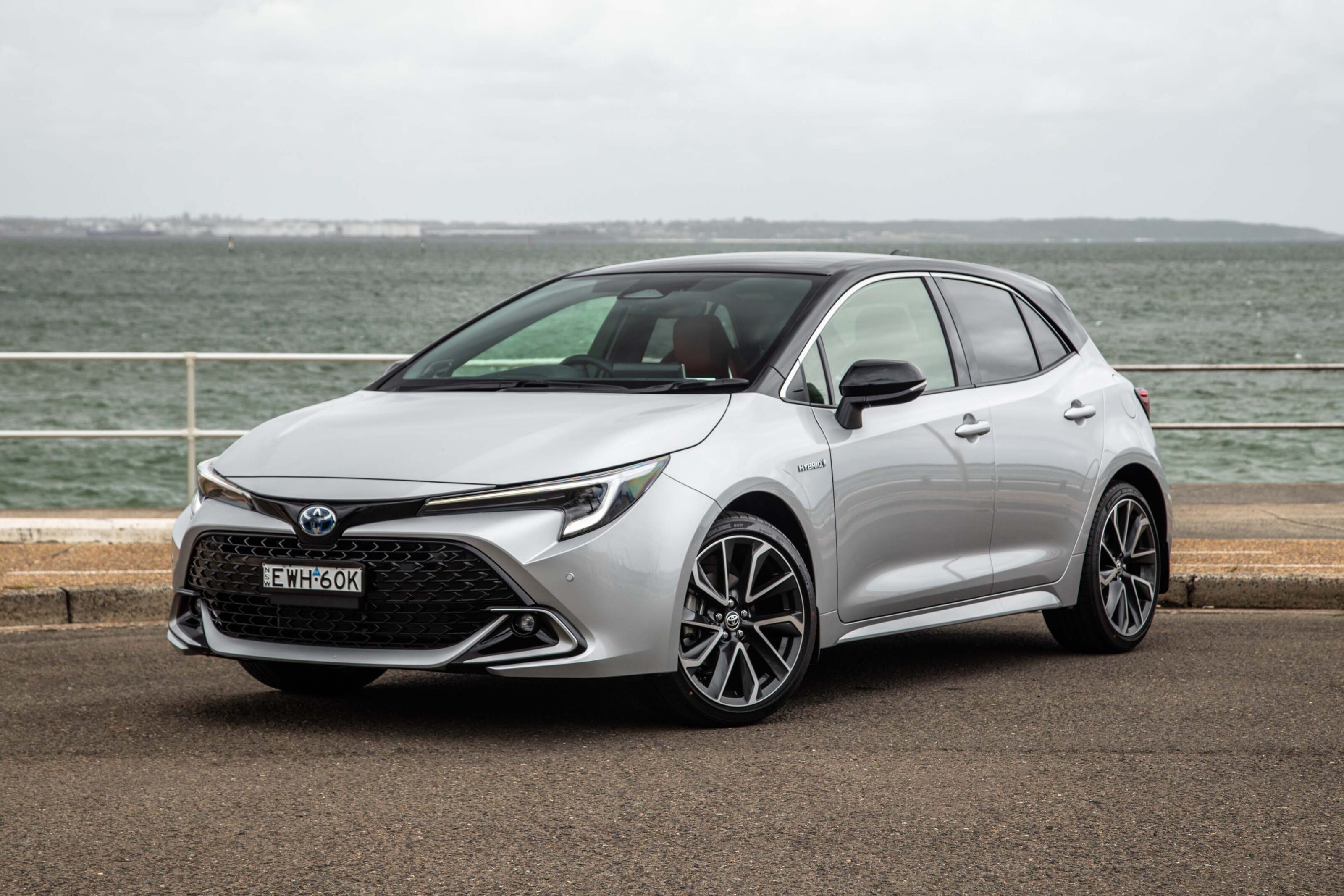
In terms of non-volume cars that you’re less likely to be embarrassed seen driving in, the sticker on a Subaru WRX – a car that never seemed to move in price and thus just became more of a bargain over time – has also risen $6K in six years, going from $38,990 to $44,990 plus on-road costs).
The price of cars now follows the general trend of things costing more over time, with Sydney’s median house price now $1.257 million, compared to $450,000 at the end of 2002; the national average for unleaded petrol in 2022 was $1.76 per litre (87.3c in 2002); and over the last 20 years, the cost of a Big Mac has leapt from $3 to $7.15.
Despite the disturbing trend of things becoming stupidly expensive, there is a light at the end of the tunnel – even if it’s going to take around 12 months for that light to reach us. (Stupid speed of light…)
Michael Clarke of Cox Automotive says forward orders are easing, allowing car manufacturers to get on top of the rabid demand, which will ultimately cause new-car prices to “normalise” by the end of 2023.
“We are starting to see signs of it starting to shift,” Clarke told ABC News.
“We’re seeing customer sentiment starting to reduce, and we’re seeing the market supply of vehicles starting to increase in that first half [of 2023].”
That’s not the only promising news: used-car prices, which have also been at an all-time high, are also likely to start dropping soon, albeit in a gentle fashion.
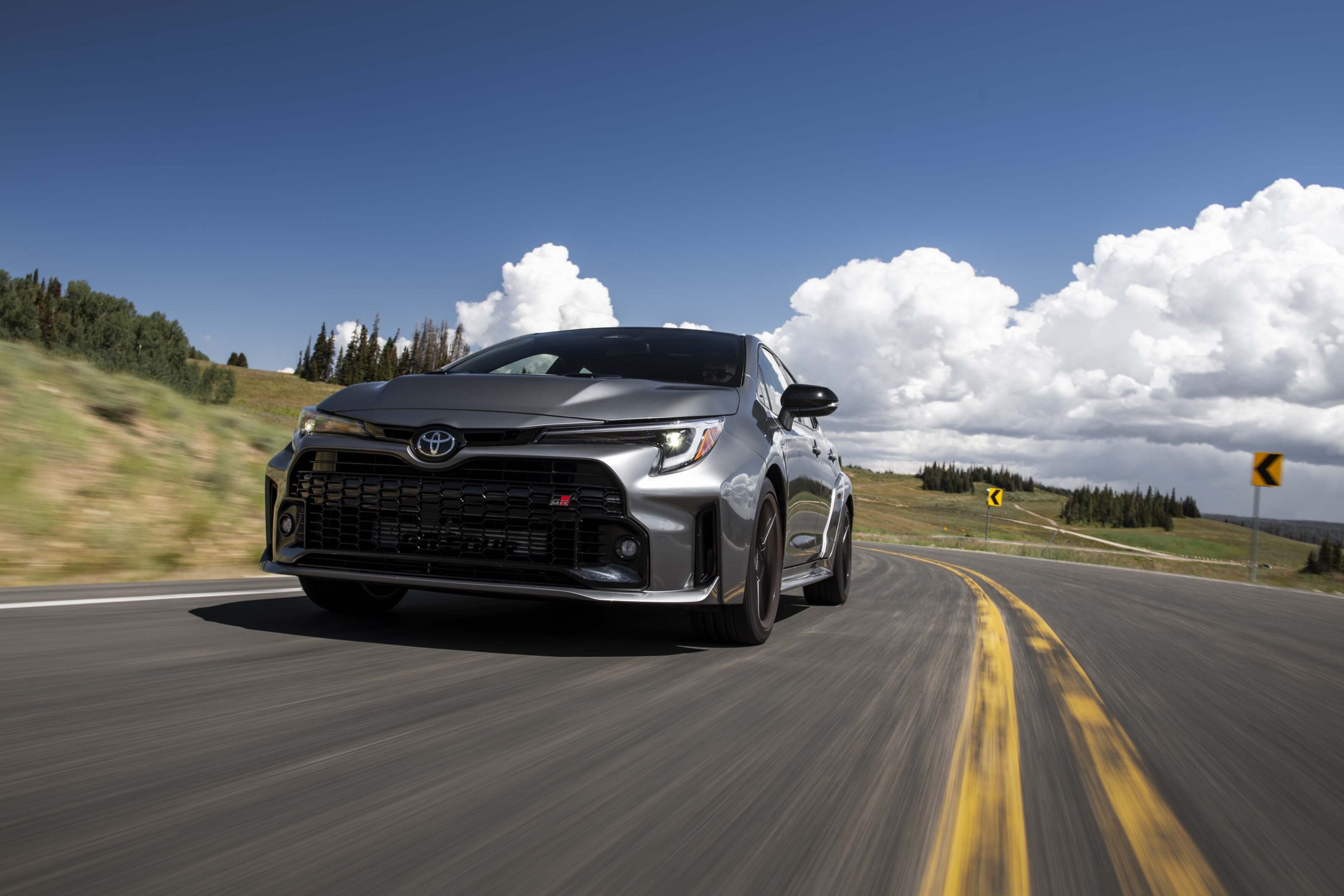
Economic forecaster and manager of prestige vehicle trading auction house Pickles, Steve Allen, says falling prices are the first substantial sign of deflation in the economy.
“So there is an excitement about that, and it certainly makes our job easier, because these cars become more attractive for people to buy,” he said.
“It’s feeling like things are slowly returning to normal.”
Fast facts
- Not all cars are more expensive. A Suzuki Swift cost $15,990 in 2005 – adjusted for inflation, thatu2019s $23,014. A 2022 base model Swift will set you back $22,990.
- The Consumer Price Index in Australia has risen by 51.8 per cent since 2002.
- The average full-time adult weekly wage has risen from $697 in 2002 to $1,769 today.
- The 1987 Apple Macintosh SE cost $5000 with a 20MB hard drive. Today, a 24-inch iMac with 512GB of storage will cost you half as much.
? MORE advice stories to help you with buying and owning a car
We recommend
-
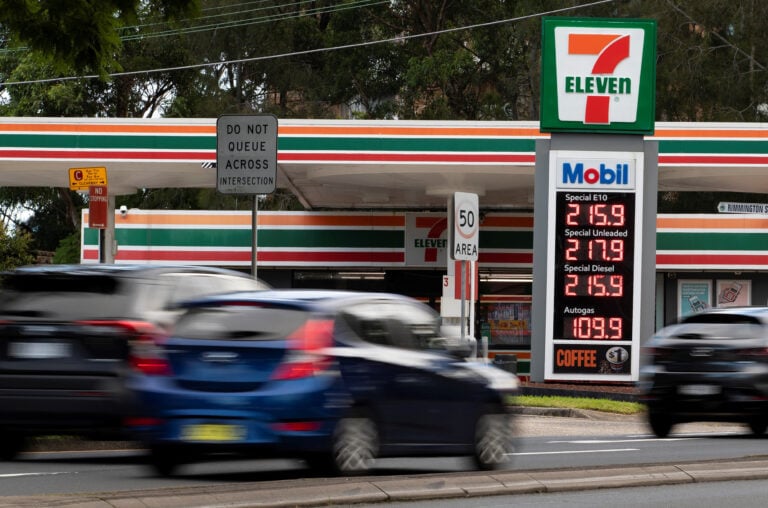 News
NewsInflation and fuel prices leading many Australians to drive less, study finds
New research has found one-third of Australians are driving less, while one in four are now considering hybrid or all-electric vehicles
-
 News
NewsUkraine conflict to worsen semiconductor chip crisis
It’s more bad news for the automotive industry, with key ingredients used in chip-making coming from Ukraine and Russia
-
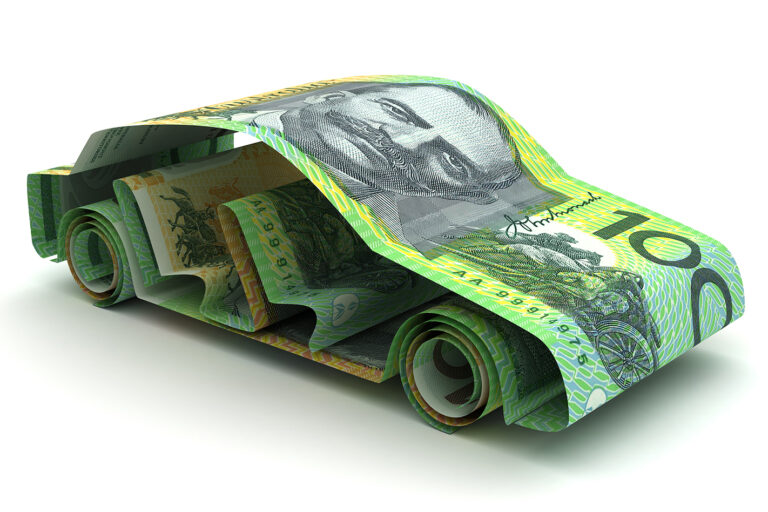 News
NewsReport finds Aussies' transport spending has rocketed
Average Aussie family forking out $354 a week to get from A to B



